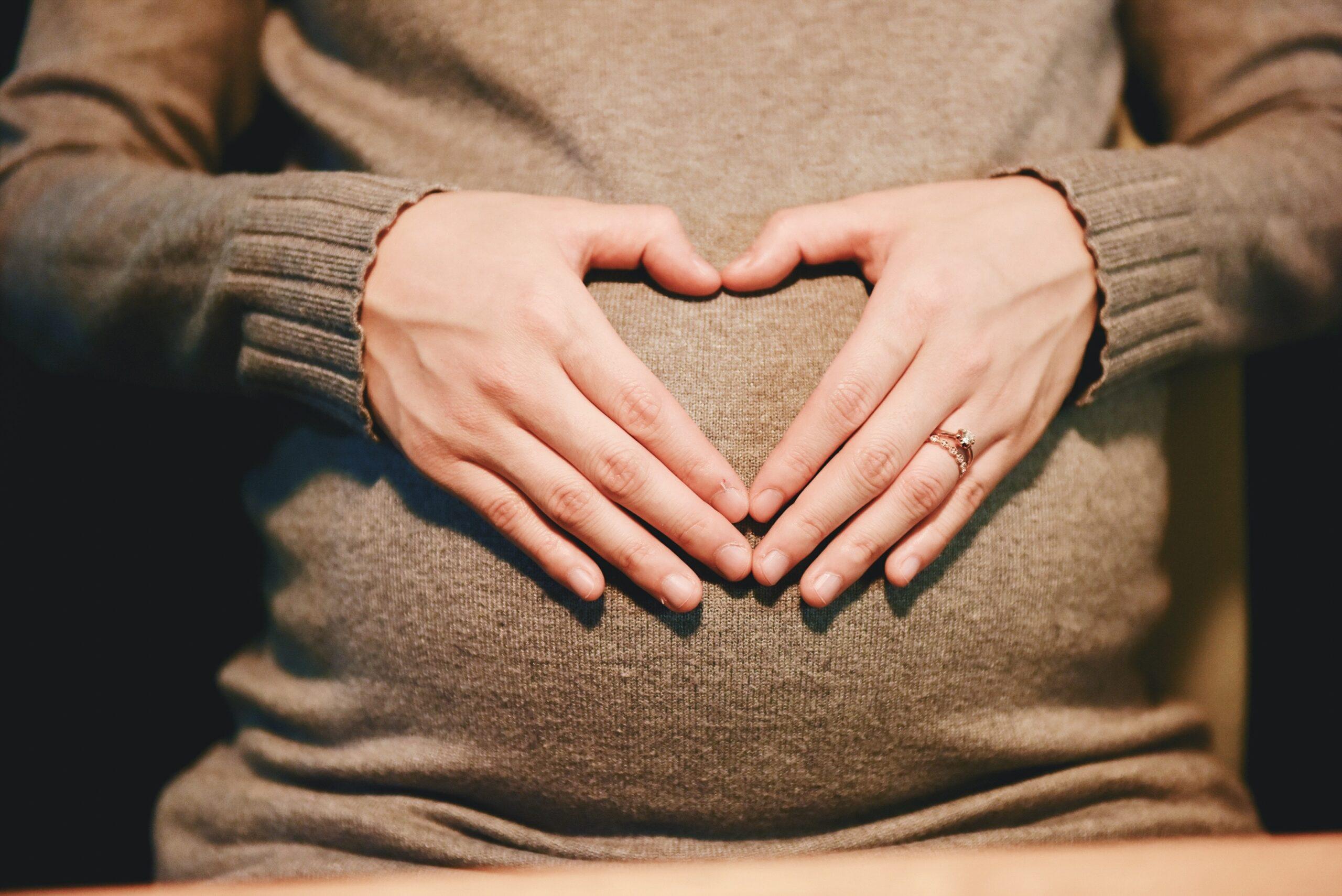For some pregnant women, the idea of scheduling a Caesarean section sounds convenient and practical. Compared with traditional labor and delivery, getting wheeled into a surgery room on a scheduled day seems like it would be less painful and more controlled — but is it? The truth is, while C-sections have benefits and can be necessary to protect the baby or the mother, they still carry significant risks. That’s why the decision to have one should be carefully weighed.
How do you know if a C-section is right for you? Of what should you be aware beforehand? What exactly are the risks involved, and how can you best heal from one? Here’s a look at what you need to know about Caesarean deliveries.
What determines the need for a C-section?
The main thing to keep in mind with C-sections is that they exist is to protect mothers and babies. When complications arise, a C-section provides a way to intervene surgically to protect them both.
According to MayoClinic.org, “A C-section might be planned ahead of time if you develop pregnancy complications or you’ve had a previous C-section and aren’t considering vaginal birth after cesarean (VBAC). Often, however, the need for a first-time C-section doesn’t become obvious until labor is under way.”
When a mother has health conditions like an unstable heart disease or high blood pressure, or when a baby has health concerns such as fluid on the brain, a C-section may be scheduled before labor ever starts. But in other cases, a C-section may become necessary when labor has already started for the following reasons:
Stalled labor. When a mother’s cervix isn’t opening properly despite hours of labor or when a baby is too big to fit through the birth canal, labor is stalled and a C-section may be needed.
Baby is in danger. During labor, if the baby’s heartbeat changes significantly or a doctor is concerned about the baby’s oxygen supply, a C-section offers a way to get the baby out quickly without prolonged health damage.
Problems with the placenta or the umbilical cord. Some typical birth complications include placental abruption (placenta detaches from the uterus before labor is completed), placenta previa (placenta covers opening of cervix), or problems with the umbilical cord (when it slips through the cervix before the baby or gets compressed during contractions), any of which threaten safe vaginal delivery.
Breech birth. When the baby is in an abnormal presentation like feet first or shoulder first, a C-section may be necessary.
Multiples. Mothers carrying multiple babies will often have one or more of the babies in an abnormal presentation, making vaginal delivery difficult.
Additionally, once a mother has had a C-section, it is often suggested to deliver future children the same way, depending on the type of incision and other factors.
Risks of C-sections
A C-section is a major operation, and, like all major surgeries, it involves risks. Babies born after elective C-sections may have a greater chance of breathing problems at birth, as well as other injuries. For the mother, risks include:
- Increased bleeding
- Blood clots
- Inflammation and infection of the uterus membrane
- Reactions to anesthesia
- Wound infection
- Surgical injuries to bowel and bladder
- Greater risks for future pregnancies
How can you prepare for a C-section?
The best preparation for a C-section is knowledge. Ask your healthcare provider about any questions you have so you know what to expect. He will likely order blood tests to prepare for the unlikely event of a transfusion, and there may be other details he can help you understand.
Most importantly, prepare yourself to rest well after a C-section. For a few weeks after surgery, you will probably need help with meals, housework, and childcare if you have other kids. Plan accordingly so your body has the proper time to heal.




